Introduction
Water bamboo, scientifically known as Zizania latifolia, is a popular aquatic vegetable enjoyed in many cuisines worldwide, particularly in Asian cooking. Its tender, white stalks offer a mild, slightly sweet flavor and a crisp texture when cooked properly. However, achieving the perfect doneness for water bamboo can be challenging, as overcooking can turn it mushy, while undercooking may leave it with a raw, unappealing texture. In this comprehensive guide, we will explore various methods and techniques to help you determine if your water bamboo is properly cooked. By understanding the key indicators of doneness, you can ensure that your dishes featuring this delightful vegetable are both delicious and visually appealing.
Understanding Water Bamboo
Before diving into the specifics of cooking water bamboo, it’s essential to have a basic understanding of this unique vegetable. Water bamboo grows in shallow, freshwater environments and is harvested for its edible stalks. These stalks are typically long, slender, and white, with a slightly sweet and nutty flavor profile. They are often used in stir-fries, soups, and stir-fried rice dishes, adding both texture and flavor to the meal.
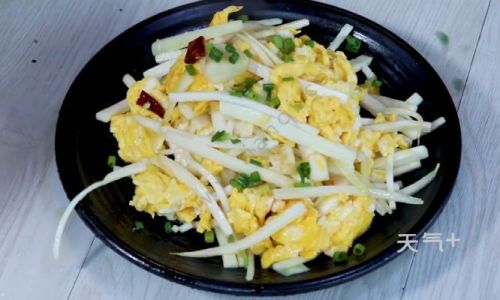
When preparing water bamboo, it’s crucial to select fresh, firm stalks with no signs of softening or discoloration. Fresh water bamboo should have a crisp snap when broken and should be free of any slimy residue. Once you’ve selected your water bamboo, it’s time to move on to the cooking process.
Preparation Techniques
Before cooking water bamboo, it’s important to prepare it correctly. This involves trimming the ends and peeling away any outer layers that may be tough or fibrous. Here’s a step-by-step guide to preparing water bamboo:
-
Trim the Ends: Cut off the woody ends of the stalks using a sharp knife. These ends are typically tough and not suitable for eating.
-
Peel the Stalks: Use a vegetable peeler or a sharp knife to remove the outer layers of the stalks. Be careful not to remove too much, as you want to retain as much of the tender inner flesh as possible.
-
Slice or Dice: Depending on your recipe, you may need to slice or dice the prepared water bamboo into smaller pieces. Aim for uniform sizes to ensure even cooking.
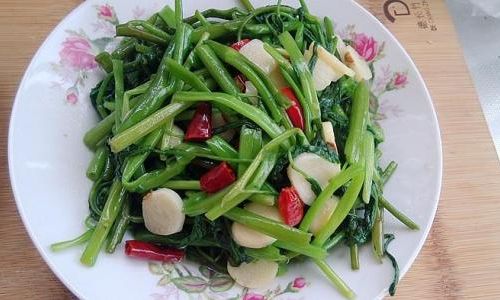
Cooking Methods
Water bamboo can be cooked using various methods, including steaming, boiling, stir-frying, and microwaving. Each method has its own set of advantages and can affect the final texture and flavor of the vegetable. Let’s explore each method in detail:
-
Steaming:
- Advantages: Steaming preserves the natural flavors and nutrients of water bamboo, resulting in a bright green color and a tender texture.
- Instructions: Place the prepared water bamboo in a steaming basket over boiling water. Cover and steam for about 5-7 minutes, or until the stalks are tender but still crisp.
-
Boiling:
- Advantages: Boiling is a quick and straightforward method that ensures even cooking throughout the stalks.
- Instructions: Bring a large pot of salted water to a boil. Add the prepared water bamboo and cook for about 3-5 minutes, or until tender. Use a slotted spoon to remove the stalks and drain well.
-
Stir-Frying:
- Advantages: Stir-frying allows you to cook water bamboo quickly while adding flavor through the use of oil, garlic, and other aromatic ingredients.
- Instructions: Heat a little oil in a wok or large skillet over medium-high heat. Add chopped garlic, ginger, and any other aromatics. Stir-fry for a few seconds until fragrant. Add the prepared water bamboo and stir-fry for about 2-3 minutes, or until tender-crisp.
-
Microwaving:
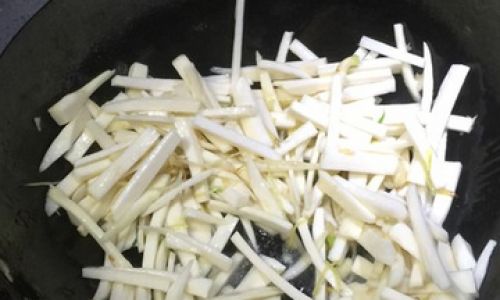
- Advantages: Microwaving is a convenient method for cooking small quantities of water bamboo quickly.
- Instructions: Place the prepared water bamboo in a microwave-safe dish with a little water. Cover and microwave on high for about 2-3 minutes, or until tender. Check and stir halfway through to ensure even cooking.
Determining Doneness
Now that we’ve covered the various cooking methods for water bamboo, let’s focus on the most critical aspect: determining doneness. Properly cooked water bamboo should be tender but still retain some crispness, with a bright green color and a pleasant texture. Here are several methods to help you gauge doneness:
-
Visual Inspection:
- Color: Look for a bright green color on the cooked stalks. If they have turned dull or yellowed, they may be overcooked.
- Texture: The stalks should look slightly translucent when cooked through but should not be falling apart or mushy.
-
Fork Test:
Insert a fork or a toothpick into the thickest part of a stalk. It should slide in easily without much resistance but should not feel overly soft or squishy.
-
Taste Test:
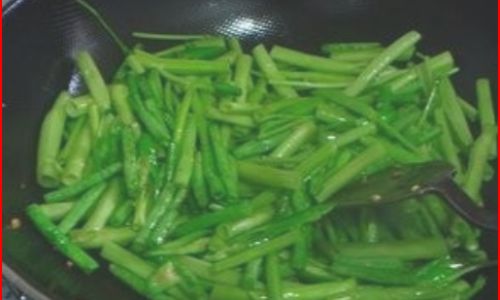
Carefully taste a small piece of the cooked water bamboo. It should be tender and slightly sweet, with no raw, fibrous texture.
-
Cooking Time Guidelines:
- While cooking times can vary depending on the method and the size of the stalks, here are some general guidelines:
- Steaming: 5-7 minutes
- Boiling: 3-5 minutes
- Stir-Frying: 2-3 minutes
- Microwaving: 2-3 minutes
- While cooking times can vary depending on the method and the size of the stalks, here are some general guidelines:
-
Consistency Check:
Once cooked, the stalks should have a consistent texture throughout. Avoid overcooking, as this can lead to a mushy, unpleasant mouthfeel.
Tips for Perfectly Cooked Water Bamboo
To ensure your water bamboo is always perfectly cooked, here are some additional tips and tricks:

- Use Fresh Ingredients: Always start with fresh, firm stalks for the best results.
- Uniform Sizes: Cut the stalks into uniform pieces to ensure even cooking.
- Don’t Overcrowd: When boiling or stir-frying, avoid overcrowding the pot or skillet. This ensures that the water bamboo cooks evenly and maintains its texture.
- Watch the Heat: Keep the heat at a moderate level to prevent scorching or overcooking.
- Seasoning: Add salt and other seasonings towards the end of cooking to prevent the vegetable from becoming too soft.
- Don’t Over-Stir: When stir-frying, avoid stirring too frequently, as this can break up the stalks and make them mushy.
Conclusion
Cooking water bamboo to perfection requires attention to detail and an understanding of the various factors that affect its texture and flavor. By following the guidelines outlined in this guide, you can achieve tender, crisp stalks that enhance the taste and presentation of your dishes. Whether you’re steaming, boiling, stir-frying, or microwaving, remember to keep an eye on the cooking process and use the visual, tactile, and taste tests to determine doneness. With practice, you’ll soon be able to cook water bamboo with confidence, knowing that every bite will be a delightful combination of texture and flavor.
In the kitchen, as with many things, patience and attention to detail are key. By taking the time to prepare and cook water bamboo properly, you’ll be rewarded with a vegetable that is not only nutritious but also a joy to eat. So, the next time you’re planning a meal that includes water bamboo, keep these tips in mind, and enjoy the delicious results. Happy cooking!

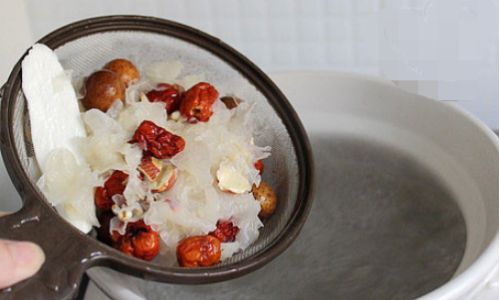
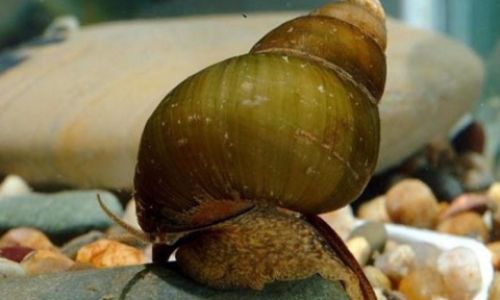

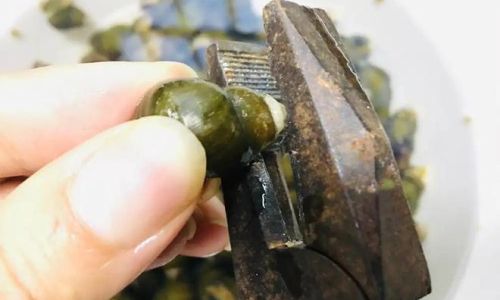
0 comments